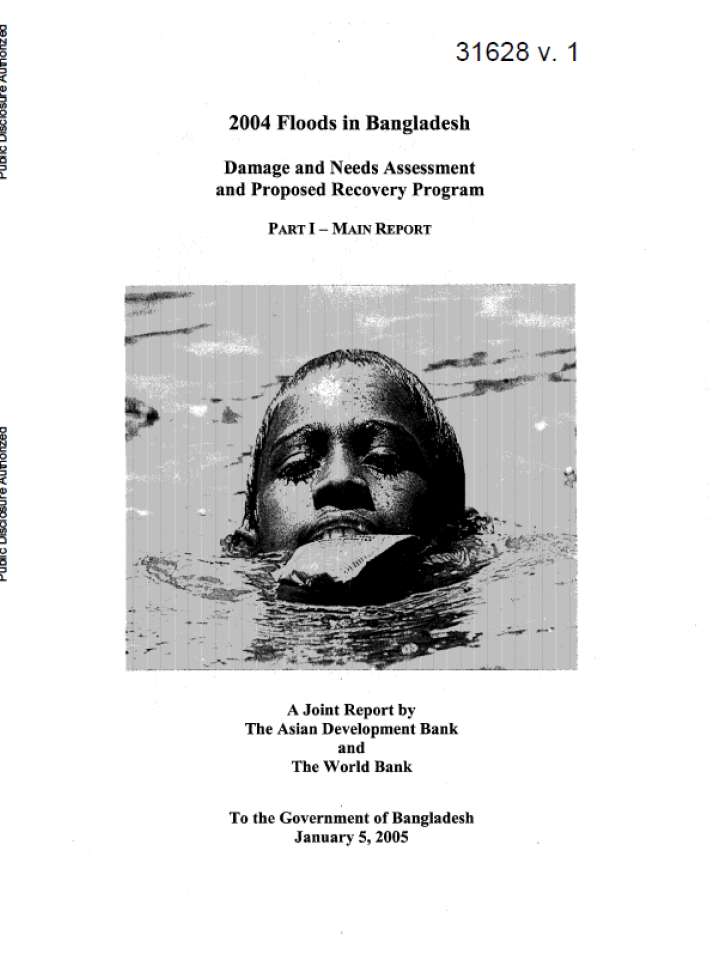2004 Floods in Bangladesh Damage and Needs Assessment and Proposed Recovery Program
The 2004 Floods. In April, the haor areas in the country’s northeast suffered from flash floods that destroyed a substantial portion of the boro rice crop. The main wave o f monsoon flooding started in early July, eventually affecting 36 million people (almost a quarter of the total population) living in the northwestem, northeastern and central districts, including Dhaka. The inundation caused nearly 800 deaths, affected 2 million acres of agricultural land, and damaged and destroyed infrastructure and social and educational facilities as well as private assets including housing, crops, livestock, and fisheries.
In early September, while several areas were still experiencing an emergency situation, a localized monsoon depression swept over Bangladesh, bringing three times the normal rainfall. This resulted in flooding in Dhaka and the southwest and central areas of the country. Several districts that had been spared during the previous flood emergency were affected this time.
This report presents the preliminary assessment of damage and needs resulting from the floods that affected Bangladesh from July through September 2004, and the proposed recovery and long-term mitigation program.
The effects of the disaster include asset losses (direct damage) and output losses (indirect losses). Preliminary estimates show that total assets and output losses due to the floods are approximately Tk 134 billion (about US$2.3 billion), including both the public and private sectors. Of this total, Tk 79.8 billion (US$1.35 billion) correspond to lost assets and Tk 54.7 billion (US$930 million) to lost outputs. Asset losses were substantial in sectors such as housing, transport infrastructure, as well as crops, livestock and fisheries. Output losses have been mostly incurred by the private sector, mainly due to agriculture sector losses.
